


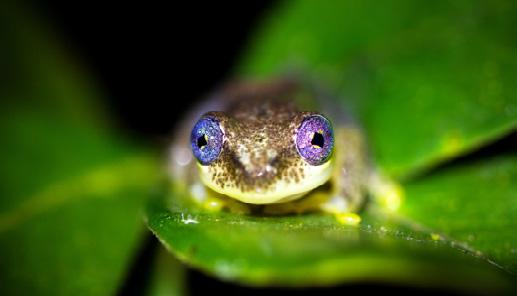
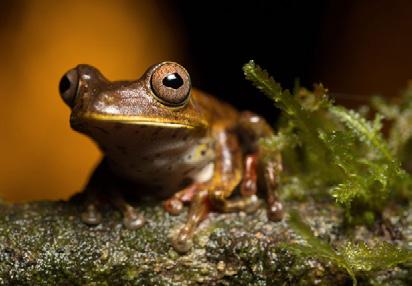

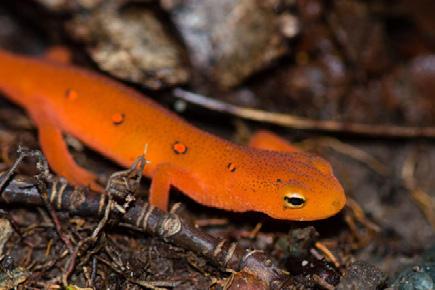


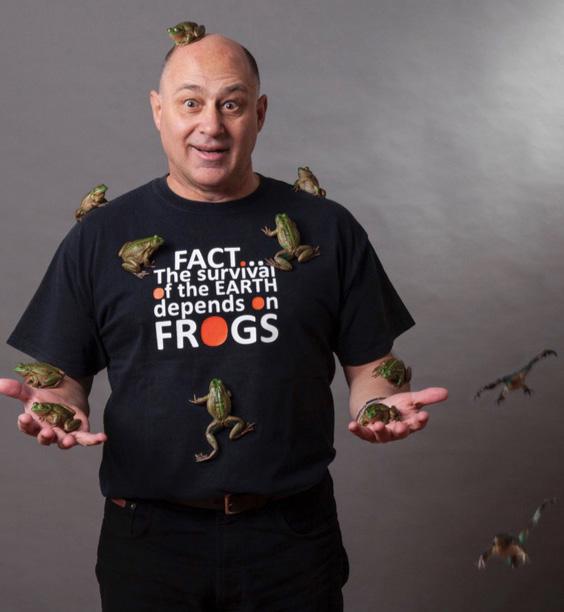
February 2021 AMPHIBIAN SURVIVAL ALLIANCE NEWTSLETTER Stories from our partners around the world Got a story you want to share? Drop Candace an email today! cmhansen@amphibians.org Thank you Phil – we will miss you so much
By IUCN SSC Amphibian Specialist Group and Amphibian Survival Alliance

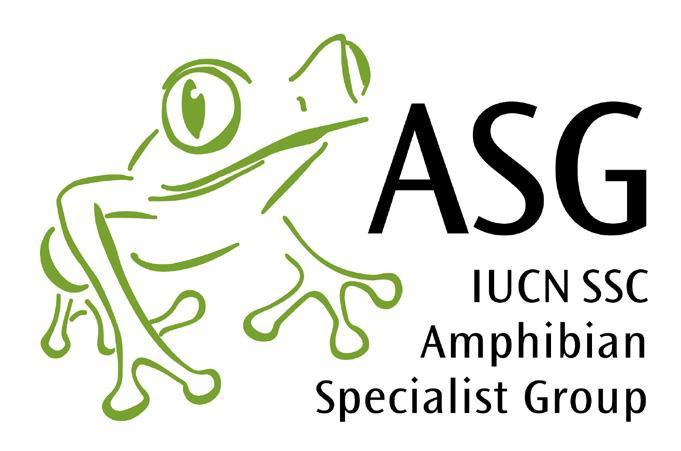
It is with great sadness that we are sharing this message with you. Our friend, colleague and mentor, Professor Phil Bishop, passed away after a short and unexpected illness surrounded by family on Saturday, January 23rd, 2021 New Zealand Time.
Phil was a true great and such a bright light in all our lives. Our collective hearts break for Phil’s family, all his friends and an entire conservation community. He touched so many lives and meant so much to all of us.
Phil was at the very heart of building a global amphibian conservation movement, and he ensured that this heart was a kind and inclusive one. As Chief Scientist of the Amphibian Survival Alliance since 2011 and Co-Chair of the Amphibian Specialist Group since 2012, he was in his element when representing ASA and ASG around the world, welcoming new people, organizations and ideas to both. Phil was a living incarna-
tion of selflessness and generosity, always willing to help and support anyone, even if he himself was up to his eyeballs in work, and all done with his characteristic brilliance and distinctive sense of humour. No challenge was too great and no concern too small. He brought his tenacity and deep love of amphibians to everything he did, reminding us all of the true meaning behind our work. It seems impossible to imagine a time without him, and yet the imprint of his expertise, dedication and personality is on everything we do. The number of people that Phil befriended and influenced became apparent over the last few weeks, with an outpouring of messages of grief and love from literally every corner of the world. The magnitude of his influence ensures that we will always be acting in his memory, honouring his passion and approach at every step. We will miss him beyond words and will strive to continue his mission. Our gratitude as a community is boundless. So many of us will carry his memory and the flame of his torch throughout our lives, and endeavour to pass
it on, just as he did.

Phil lived his life with intense purpose. As amphibian conservationists and as people we have our work cut out to continue the legacy of the extraordinary human being that Phil was. As Phil always used to say, “Let’s do it!”

Thank you, Phil, for showing us, by example, how to be better people. You exemplified living life to the fullest and leaving the world a much better place.
There is a hole in our hearts. It is in the shape of Phil.
2
Table of contents
1 Thank you Phil – we will miss you so much 4 Planting steps for frog conservation in Western Ghats, India 5 Tribute to Marcelo Menin, a Brazilian amphibian champion 6 Environmental DNA detection: Additional perspectives and applications for rare and cryptic bromeliad dwelling frogs 7 Goodbye “Gonza”, Champion of the Yellow-eared Parrot
8 The conservation of Mantella cowanii, a threatened frog of Madagascar 9 #AmphibianEyes
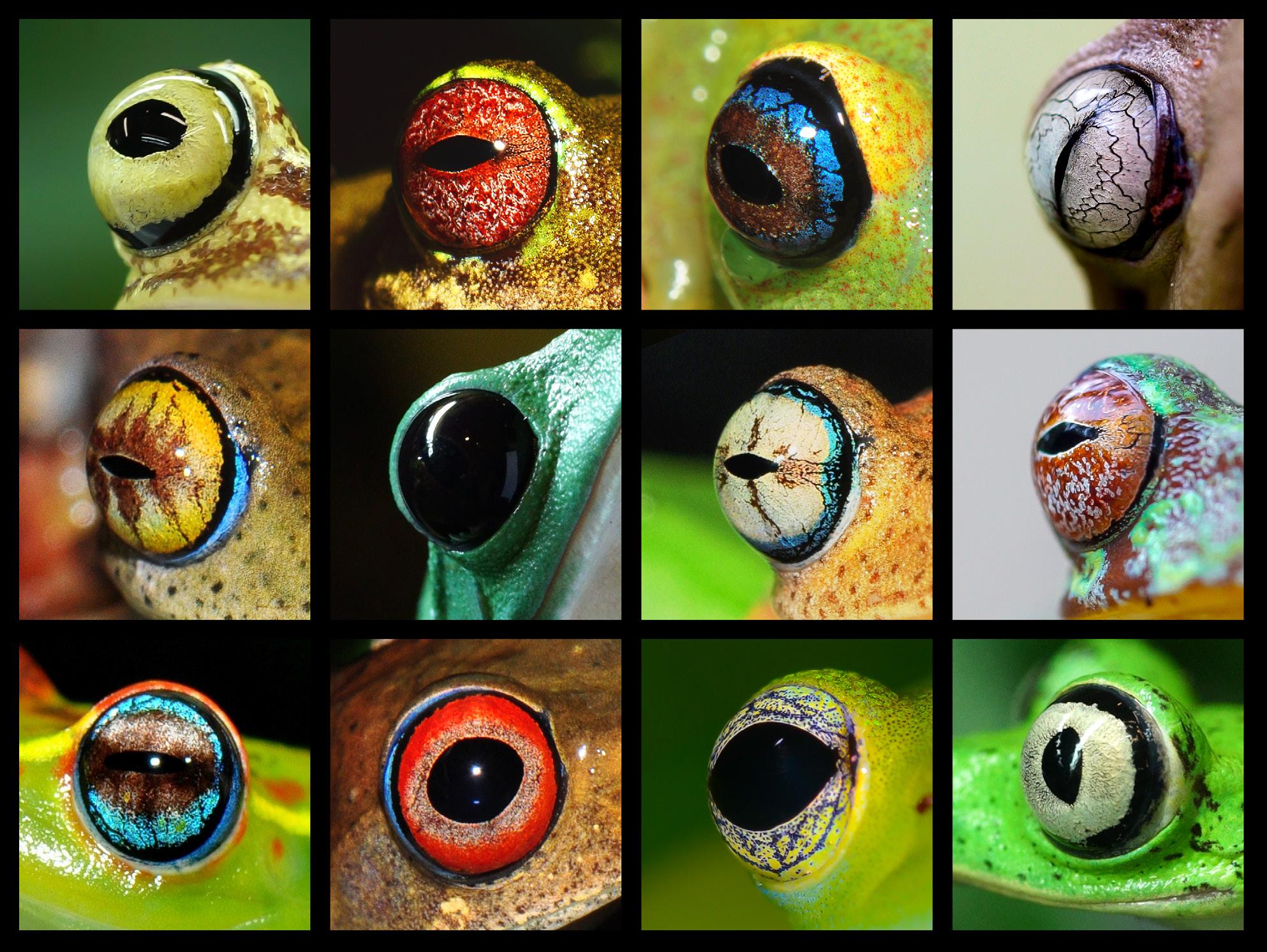
10 A new facility for the conservation of the Sehuencas Water Frog at the K’ayra Center of the Museo d´Orbigny in Bolivia
11 A finding that brings hope for a still unknown Harlequin Frog
12 The Conservation Evidence Journal: Call for papers
13 A new poster for Harlequin Frogs (genus Atelopus) is now available
14 Saving the planet, one frog at a time
15 Facilitating species conservation planning workshops: Online course
17 Introducing Rio Forqueta, a Key Biodiversity Area to protect the Admirable Red-Belly Toad
18 BMW Group, Tetra Pak and Schüco International express concerns about sourcing aluminium from Ghana’s irreplaceable Atewa Forest
19 Getting to know Fortunate Phaka
20 Meet Esther Matthew
Frogress Report

Editorial Committee
Candace Hansen-Hendrikx Editor-in-Chief
Luis Fernando Marin da Fonte Editor
Helen Meredith Assistant Editor
Kaya Klop-Toker Assistant Editor Kirsty Kyle Assistant Editor
3
#AmphibianEyes ©Katie Garrett & Jonathan Kolby
Planting steps for frog conservation in Western Ghats, India
By Wildlife Trust India debobroto@wti.org.in


Amphibians are the group with the highest proportion of threatened species. In India, a tree frog Rhacophorus pseudomalabaricus, commonly known as the Anaimalai Flying Frog or False Malabar Gliding Frog, which is Critically Endangered and endemic to a restricted range in Western Ghats, is hanging on to its very survival.
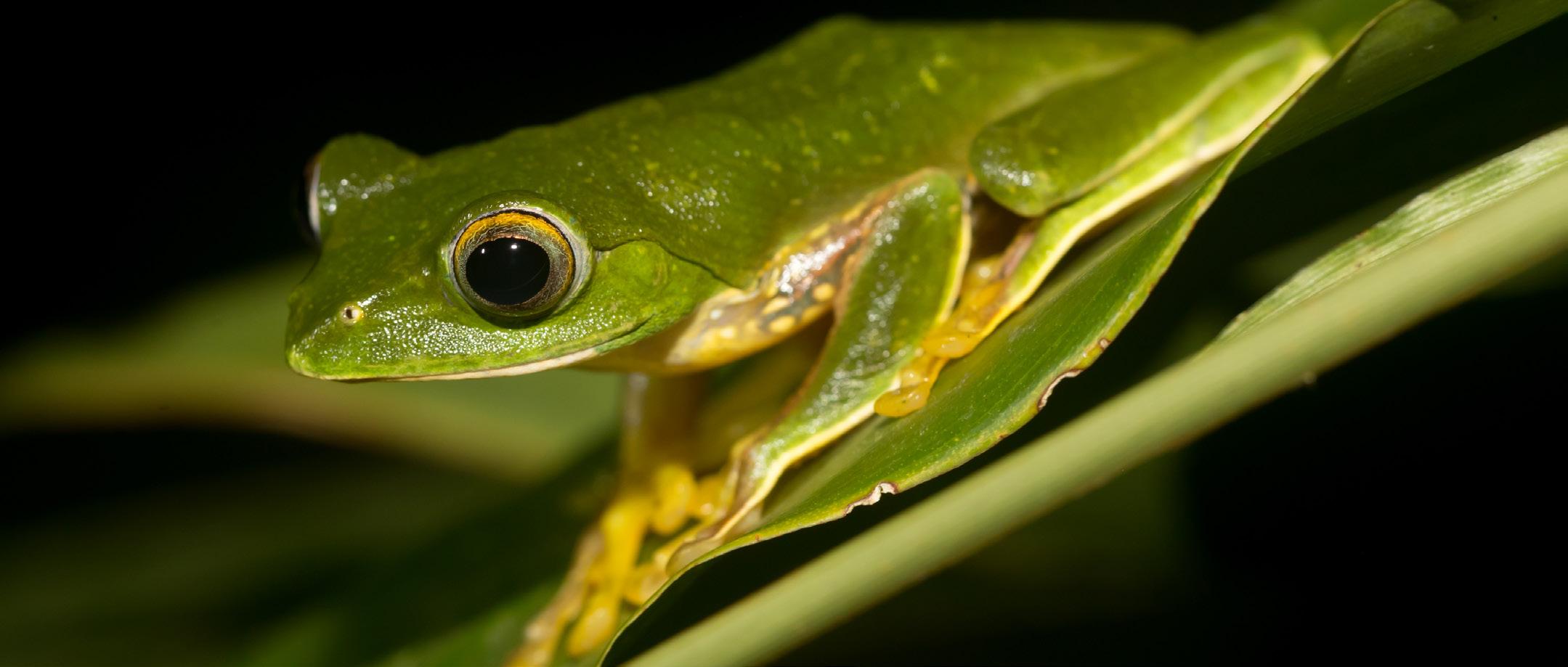
A baseline survey conducted in July recorded them breeding in an artificial water tank (used for irrigation purpose) inside a cardamom plantation. The plantation management practices employed around the tank, such as cleaning of dry/dead cardamom leaves, de-weeding, clearing of water found to be negatively impacting the species breeding cycle. Known to have strong site fidelity, Wildlife Trust of India (WTI), along with local partners, reached out to the management and initiated a consultative dialog and conservation action to restore the breeding pool. After zero disturbance measures taken around the water tank, on a monitoring visit was made by WTI and forest authorities, the team sighted three new nests of R. pseudomalabaricus. Looking at the suc-
cess, the team decided to create additional suitable breeding grounds, where they identified two new sites inside the plantation complex. Braving the monsoons, the team managed to dig and construct a 10 feet long, 3 feet wide, and 2.5 feet deep waterhole lined with jute sacks and tarpaulin to hold water through the dry period. Plants like wild turmeric and cardamom, preferred by the species were planted around the waterhole, creating a natural setting for the frogs.
By November 2020, the team was successful in finding R. pseudomalabaricus and ten other species of anurans along with odonates and reptiles inhabiting the new waterhole. The following month, another monitoring visit was made by the team, where they observed Anamalai Flying Frog and other species like Nyctibatrachus poocha (Meowing Night Frog), Indirana sp. (Indian frog) and Indosylvirana sp. (Golden-backed Frog) resting around the waterhole. Based on the team’s suggestions, an inlet and outlet from the waterhole to a nearby stream in the plantation was paved for intrinsic aeration during the dry spell. The team also began work on the second waterhole (8ft length & width and 2.5 ft depth) few meters away from
the first. To ensure a moist setting in the surrounding, a drip irrigation system was set up. The team is currently planting some vegetation around the pond where several frogs were found taking shelter under the leaf litter. We hope to see more R. pseudomalabaricus inhabit the area in the coming months. Collaterals are also being developed in local language, to sensitize the plantation management on the use of organic fertilizer and, motivating them in becoming a “frog friendly” establishment. WTI has also initiated discussions with amphibian experts and IUCN SSC Amphibian specialist group in developing a robust conservation plan for R. pseudomalabaricus and other targeted threatened frog species in the Western Ghats. Recovery of threatened species is one of the priorities of Wildlife Trust of India (WTI)– an organization with a mission to conserve wildlife and its habitat in partnership with communities and governments.
4
© Vivek Menon
Tribute to Marcelo Menin, a Brazilian amphibian champion
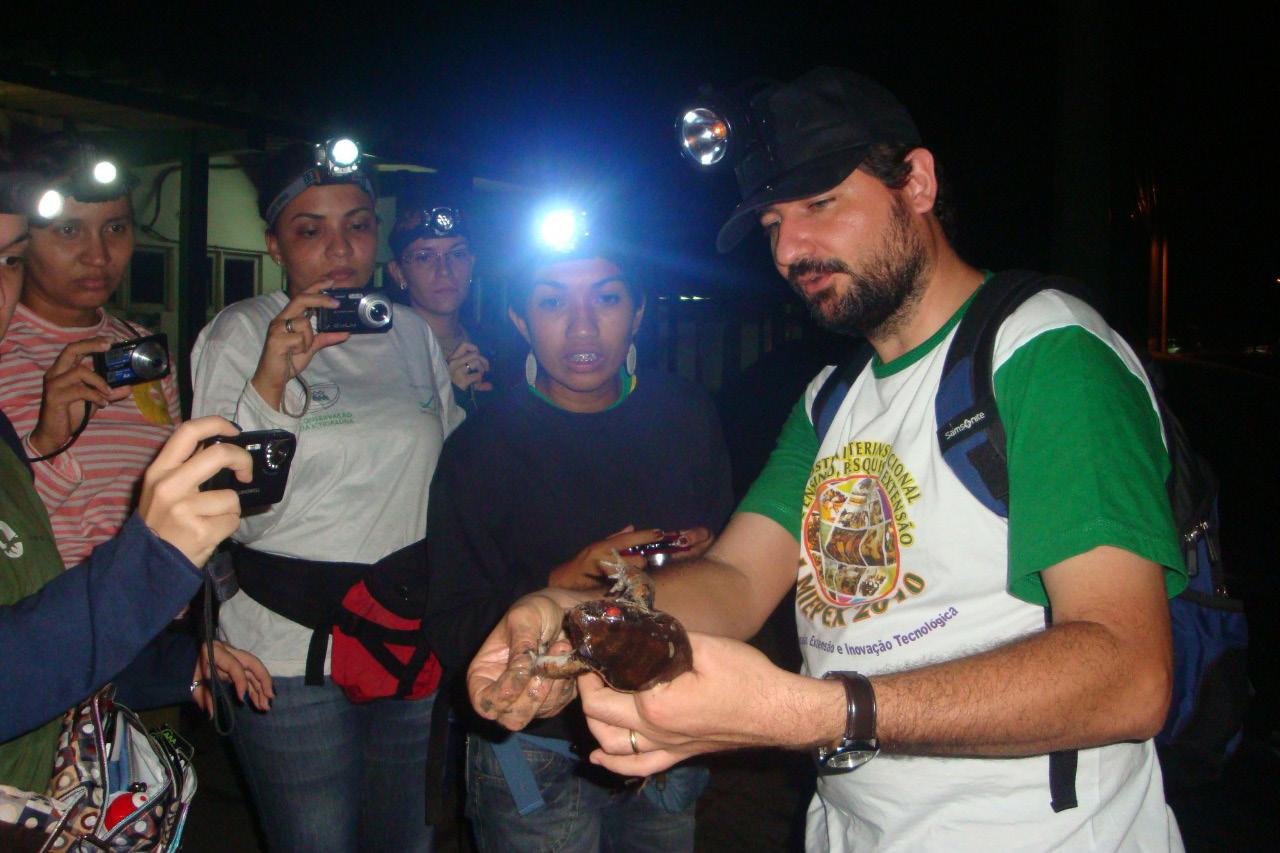 By Denise Rossa Feres, UNESP (Brazil)
By Denise Rossa Feres, UNESP (Brazil)
With a broken heart, we cry for the loss of our dear colleague and beloved friend Prof. Dr. Marcelo Menin, one of the most prominent amphibian researchers in Brazil. Besides being a professor at the Federal University of Amazonas, he coordinated the post-graduate program in Zoology and was one of the curators of the University’s zoological collection.
During his academic life, Menin has published dozens of scientific articles, books and book chapters on different topics such as community ecology, taxonomy, natural history and reproductive biology of anurans. He also helped to form the new generation of Brazilian herpetologists, having mentored several undergraduate, master and PhD students. Besides being a great researcher and supervisor, Menin was also a beautiful human being.
Goodness, kindness, competence, serenity, empathy, perseverance, correction, balance, honesty, organization, dedication, seriousness, resil-

ience, humility, patience, joy, peace ... Menin gathered so many qualities in just one person, that it would fill pages and pages to complete the list. It was impossible to be close to Menin and do not feel all those feelings in him. It was impossible to be with him and to not feel safe, supported, understood… impossible not to feel extreme trust in him. Menin never lost his temper and calm with anything or anyone. I never heard him criticize or judge anyone! And it was with this immense patience that he did not neglect himself in situations of injustice, and put himself clearly, strongly and calmly on the wronged side, on the ethical side. Great character, immense heart!
In Sumaia he found a perfect lifemate to share his path, an admirable woman, strong and with a giant heart like his. The family was his great treasure, his great love! And he balanced work and personal life like no one else - in fact he was a Master at that. He always found time and love for his family, to teach, and to do research. Whenever I had a professional or
personal standoff, I always thought, “How would Menin act in this situation?” He inspired me, directed me, reassured me and gave me security. I was his supervisor when he was an undergraduate student. I lose a son of the heart. Science loses a professional of the greatest competence, seriousness and dedication. Education loses a teacher, in the deepest sense that the Brazilian educator and philosopher Paulo Freire gave to this profession. And the World loses a good person, in the best essence of what being good means.
But ... Menin will stay alive in each of us! In our memories, in the parts of each of us that he helped to build, and in the lessons that he left - not in words but by his actions, by his conduct.
And yes, we are feeling immense pain for his passing, but we will be inspired by his strength, his resilience, his persistence, his calm, his patience and his joy. This will help us to move forward, taking his memory and his lessons to future generations!
5
Environmental DNA detection: Additional perspectives and applications for rare and cryptic bromeliad dwelling frogs
worrying signs of a declining population trend at lower elevations where fire is still a pressing threat. The restricted range and habitat requirements for C. itambe make this species highly vulnerable to extinction from climate change, wildfires or disease, and therefore a priority for conservation monitoring. Given current knowledge and threats, species was recently classified as Critically Endangered.
estimates, with very low error levels and improved detection when compared to detectability from direct observation. Overall, estimated occupancies using eDNA and visual survey methods were similar. The method is therefore feasible for species restricted to small water bodies that are exposed to direct UV radiation.
By Izabela M Barata, Durrell Wildlife Conservation Trust. Izabela.barata@durrell.org

Bromeligenous frogs spend their whole life cycle within bromeliads, where they lay their eggs and develop into adult life. Species are mostly restricted to single locations and some can be found at high elevation sites. Their ecology, natural history and distributions are poorly understood, and their dispersal capabilities are still unknown. Crossodactylodes itambe exclusively lives within ground bromeliads which are found on high elevation rocky outcrops, in a single location in the Espinhaço Mountain Range of Brazil. Species occupancy increases at higher elevation and abundance of individuals is related to bromeliad structure, such as plant size and the volume of water retained by the central tank. Estimated species extent of occurrence is 0.5 km2 and there are
Durrell’s Field Programmes Officer Bela Barata, in collaboration with researchers from Instituto Biotrópicos, University of Kent, Zoological Society of London’s Institute of Zoology, and Amphibian and Reptile Conservation Trust, published a paper aiming to investigate the feasibility of environment DNA (eDNA) for detecting Crossodactylodes itambe (Barata et al. 2021), with a view to applying the method more widely to amphibians that are cryptic and restricted to small water bodies. Despite the increasing use of environmental eDNA analysis to survey species in ponds, rivers, and lakes, very few studies have attempted to use eDNA for the detection of species using very small water bodies such as those accumulated in bromeliads. With funds from The Rufford Foundation, the authors collected water samples from 21 bromeliads for which observational data from direct visual surveys were also available. The authors compared occupancy estimated from direct observations (using a single season occupancy model) with the results from quantitative real-time PCR based eDNA assays. They applied a novel Bayesian occupancy model to estimate occupancy from eDNA samples, as well as false positives and false negatives at different stages of the workflow. eDNA from bromeliad tanks provided reliable
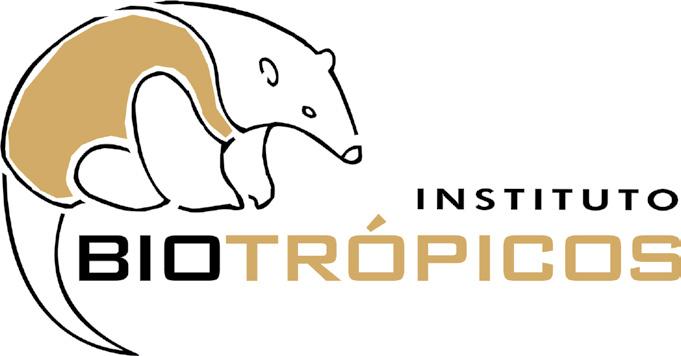
The authors concluded that there are advantages in the use of eDNA to survey cryptic species in remote locations, and to identify species presence with high detectability and low error rates. eDNA analysis provides a viable alternative to destructive sampling of bromeliads or direct observation methods that require logistically challenging repeated observations. However, the use of eDNA method for monitoring occupancy of bromeliad dwelling species will likely improve as the method becomes more cost-effective and we have a better understanding of the factors affecting detection probability in such environments.
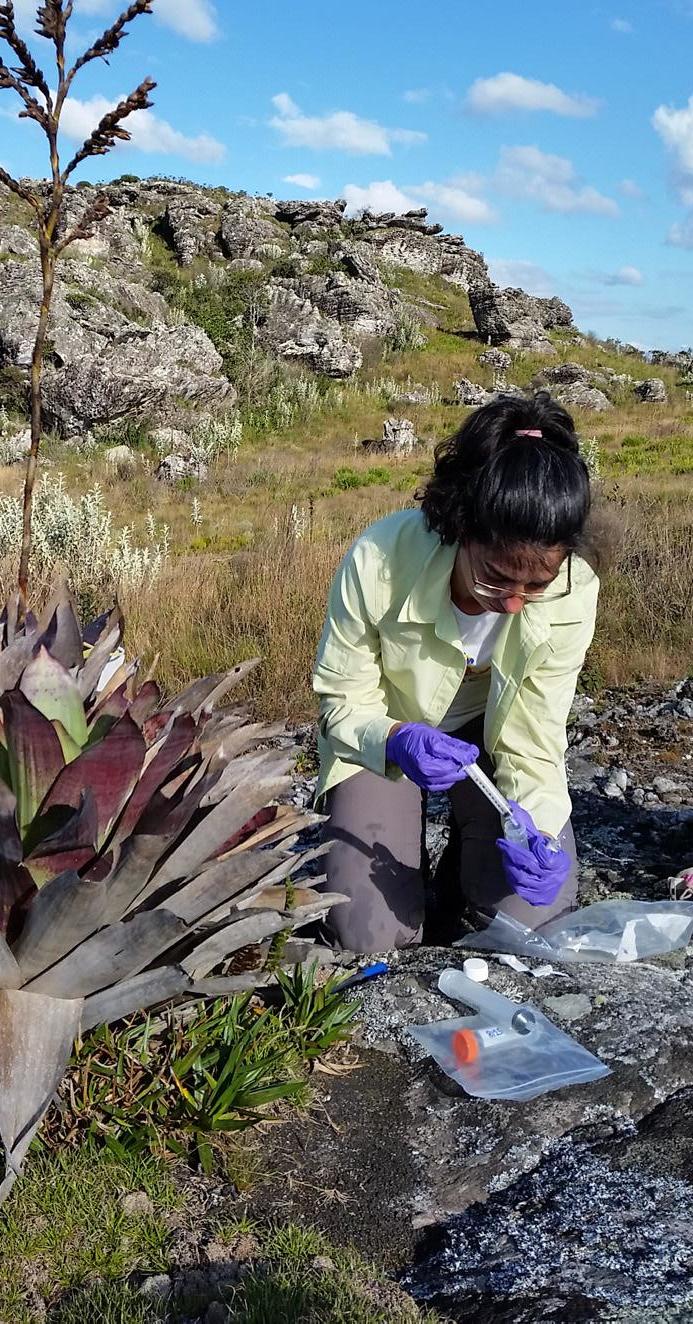

6
© Eliene P. Silva
Goodbye “Gonza”, Champion of the Yellow-eared Parrot
By Fundación ProAves de Colombia info@proaves.org
Gonzalo Cardona Molina, better known as Gonza, was born and raised on a farm in Roncesvalles, Tolima. The day he found out from Fundación ProAves about the need to support the conservation of a parrot that lived in the wax palms and accompanied him each day, he had no doubt and gave himself entirely to save the most majestic and charismatic species in Colombia, the Yellow-eared Parrot (Ognorhynchus icterotis).
The species was on the brink of extinction in 1999. The last 81 individuals were barely surviving in the Central Cordillera of Roncesvalles, Tolima. With alarm bells ringing that urgent actions were needed to save the species, one person more than any other stepped forward to answer the call to help this species –Gonzalo Cardona Molina.
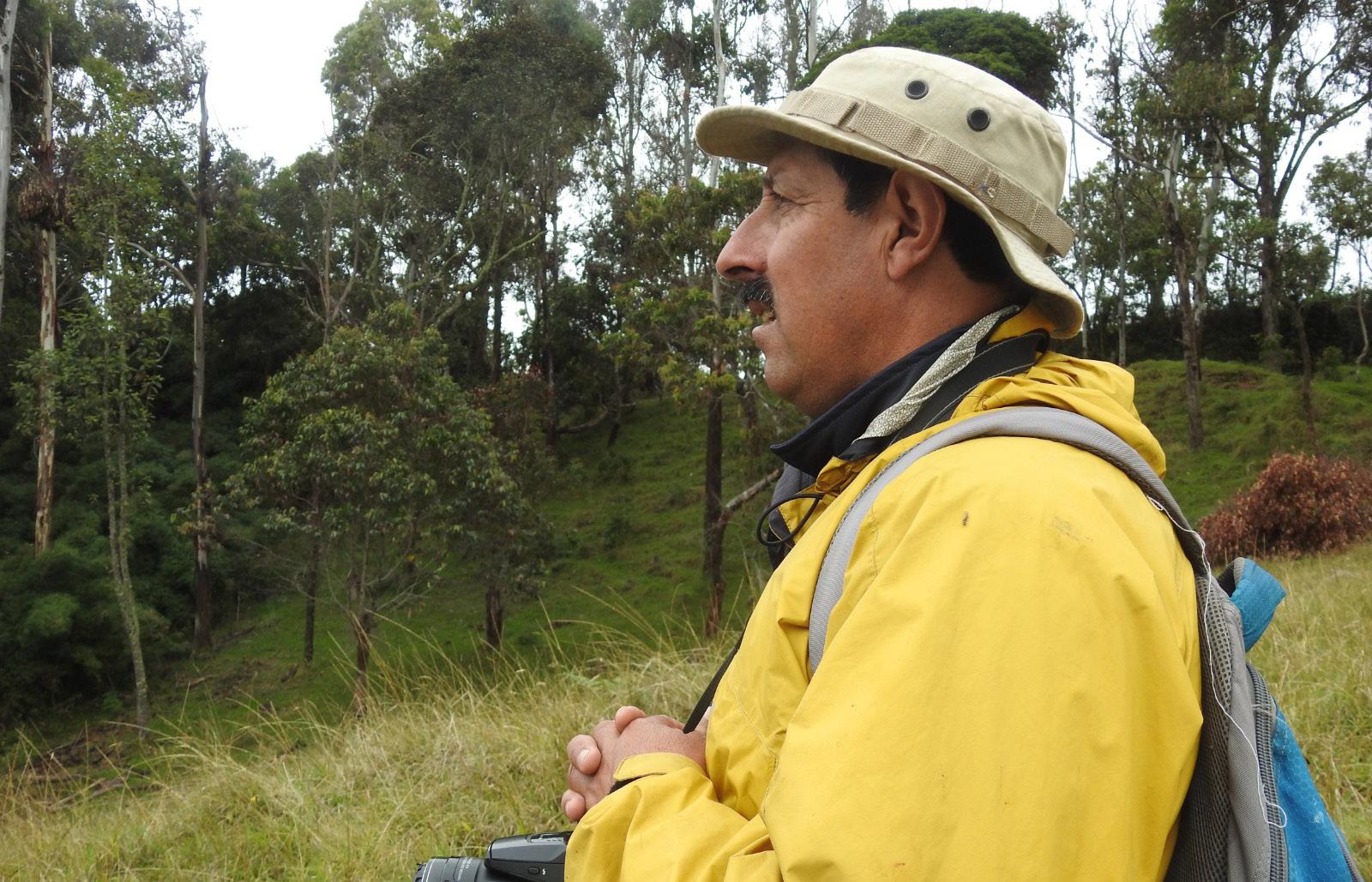
For over 20 years, Gonzalo was THE champion to save Colombia’s greatest natural treasure. He was
Fundación ProAves first employee and he did this at a time of immense danger and uncertainty. The parrots occurred in an area where battles and skirmishes between the military and guerrilla were frequent. Gonzalo and his team were regularly facing life-threatening situations to work in the region and ensure the parrots were safe. For over 20 years, everyday Gonzalo tirelessly accompanied these parrots to ensure they were not hunted and their habitat was not destroyed.
The threats were not just to the parrot, but to Gonzalo personally. He had been threatened many times by many sides unable to comprehend that he loved the parrots and was not interested in politics. They assumed he had an alternative motive, when he was simply driven to do something special.
In his last days, during the month of December 2020, Gonzalo conducted out the last national census of the Yellow-eared Parrot and the Fuertes’s Parrot, his notebook showed a still impressive number

for himself: 2,895 parrots in Roncesvalles. Joy overflowed his heart with pride of his duty accomplished.
Today, Colombia didn’t just lose a precious life, Colombia lost a champion for nature and our beloved Yellow-eared Parrot’s lost their father and savior. ProAves and his entire team express our solidarity with his family, his loved ones and the entire community of Roncesvalles, Tolima, where his impact will remain forever.
Rest in peace, Gonzalo.
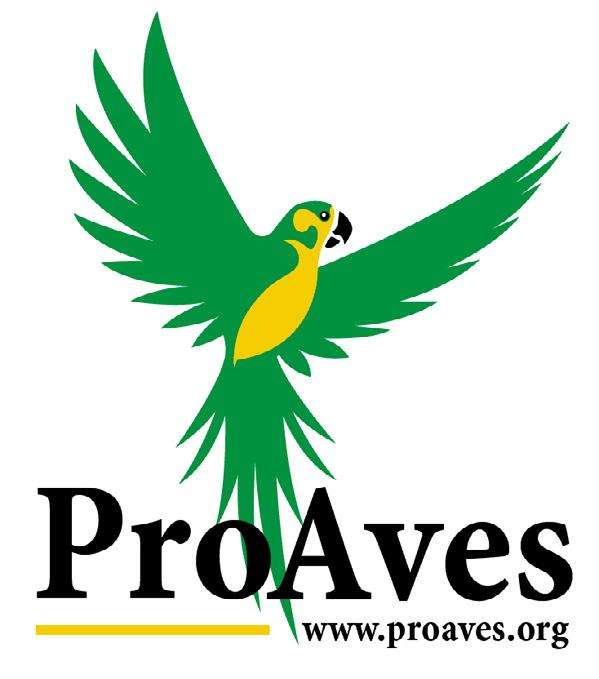
7
©Fundación ProAves de Colombia
The conservation of Mantella cowanii, a threatened frog of Madagascar
 By Raphali R. Andriantsimanarilafy,
By Raphali R. Andriantsimanarilafy,

Franco Andreone, Olivier Behra, Angelica Crottini, Gerardo Garcia, Richard A. Griffiths, Candace M. Hansen-Hendrikx, Olivier Marquis, Andolalao Rakotoarison, Julie H. Razafimanahaka, and Devin Edmonds. ASG Madagascar
The amphibians of Madagascar are particularly interesting, as they are represented by over 360 described species of frogs (salamanders and caecilians are absent) and many others (at least 200) being described. These (except two introduced species) are all endemic, found only in Madagascar and nowhere else. The greatest danger to the survival of these amphibians is represented by deforestation, which is particularly important in Madagascar: since the 1950s, about 45% of Madagascar’s forest cover has been destroyed. To ensure the survival and protection of amphibians, the Sahonagasy Action Plan (sahonagasy means “frog of Madagascar” in the Malagasy language) was launched in 2006, and implemented in 2014. The conservation program for Malagasy amphibians was set up thanks to a collaboration between different organizations, also because biodiversity represents one of the first products for this country. Some species of amphibians from Madagascar are particularly threatened due to environmental alteration, deforestation and trade.

One of these is the Harlequin Mantella, Mantella cowanii. So named for its beautiful and contrasting red and black colour, sprinkled with bright blue spots on the belly, the Harlequin Mantella is one of the most endangered species in Madagascar. In particular, it received special attention from the ASG and the scientific community as it survives in only a few areas of the central “plateau” of Madagascar, a mid-highaltitude area affected by aggressive
deforestation. Most of the high-altitude forests that once characterized the “plateau” have now disappeared, and with them many of the animals and biodiversity that were once present. The Harlequin Mantella has seen its range “evaporate “ over time due to repeated fires. Today, the Harlequin Mantella survives in refuge areas, normally composed of high altitude cliffs and microforest stamps.
Currently, there are four sites where the species is still present, but it is not really known how large its populations are. In one of the main sites where it is still present, near the town of Antoetra, many individuals were captured every year to be exported to Europe and America. This, together with deforestation, has caused a drastic reduction and, in certain cases, the extinction of populations. For this reason, the Harlequin Mantella has become a symbol of the conservation of Madagascar’s amphibians. In 2018 the Madagascar ASG organized a meeting in which the main conservation bodies took part and today the Action Plan, called McAP, “Mantella cowanii Action Plan”, was published. The action plan, which will be developed in 2021-2025, will be structured into five broad themes. The habitat protection and management require defined boundaries and protection around critical habitat. The research theme is related to understanding the species distribution, conservation genetics, disease dynamics, and population trends. Site-specific studies, especially of population ecology in different habitat types, are required as an ex situ conservation pro-
gramme. Another component is the local development of sustainable livelihoods initiatives and actions improving the wellbeing of the communities who live near M. cowanii habitat. These communities are key to enabling a successful conservation plan. An awareness campaign and building in-country capacity to work on amphibian conservation compose the key objectives of this agenda.
8
© Gerardo Garcia
#AmphibianEyes
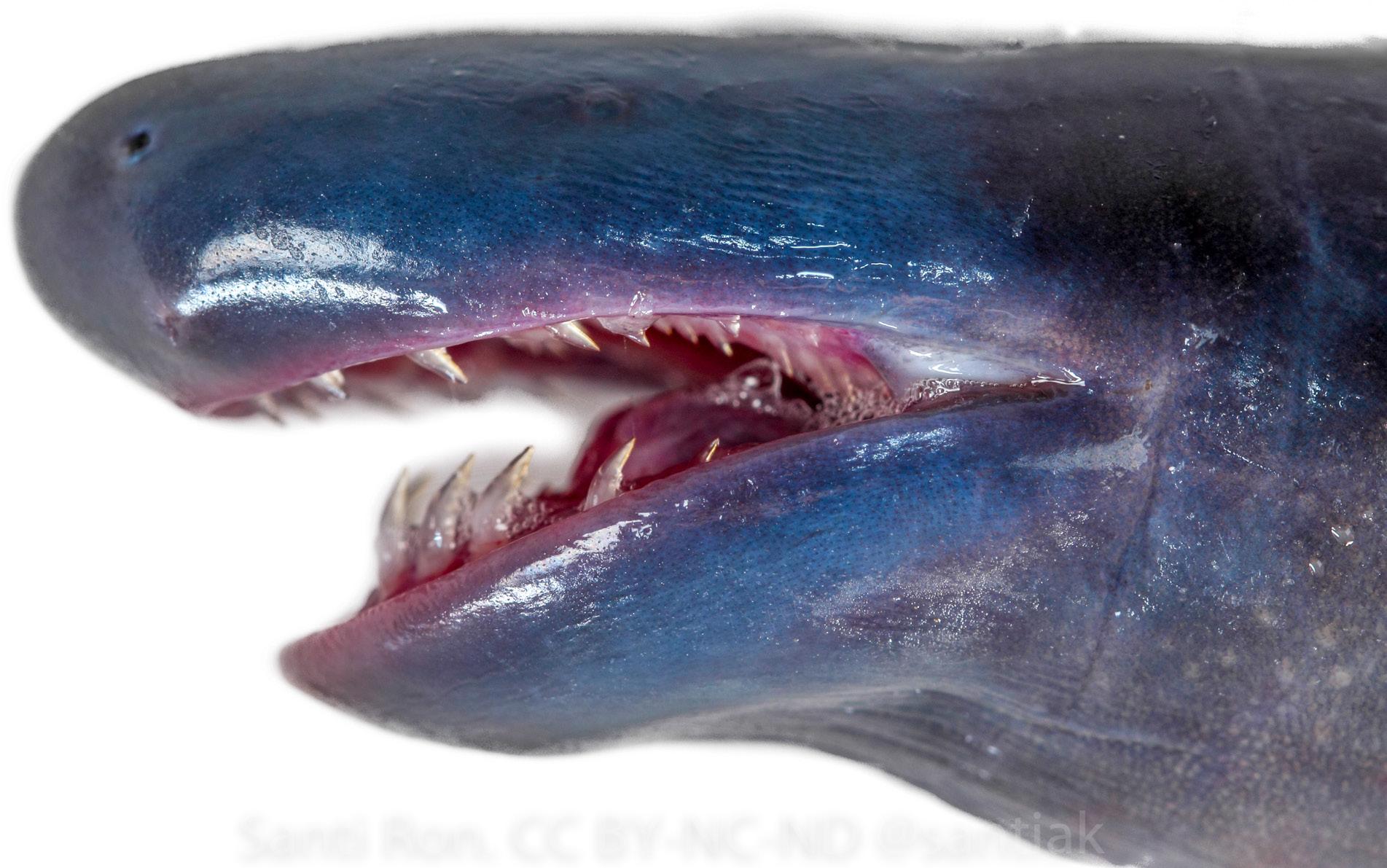 By Nina Seale, Synchronicity Earth nina@synchronicityearth.org
By Nina Seale, Synchronicity Earth nina@synchronicityearth.org
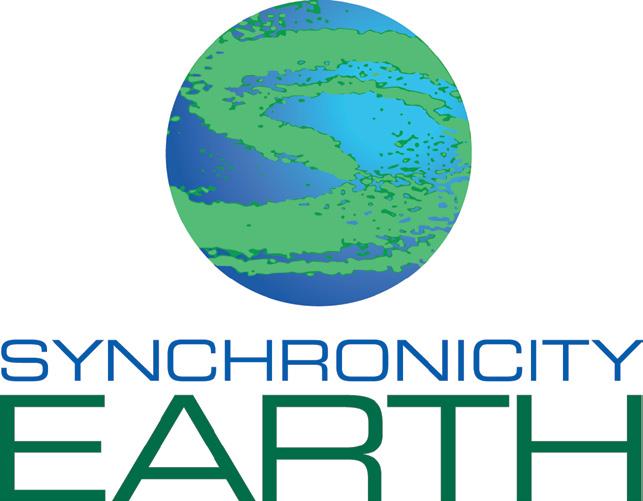
Golden eyes, ruby eyes, lace eyes, star eyes, blue eyes, black eyes, no eyes… the beauty of amphibian eyes is just as diverse as the creatures within it!
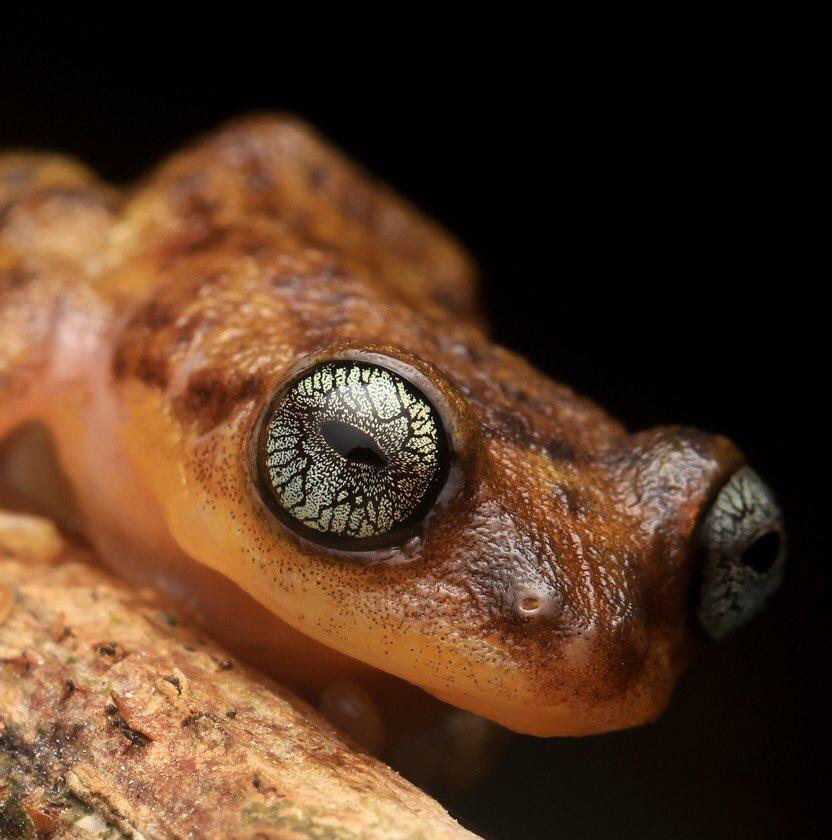
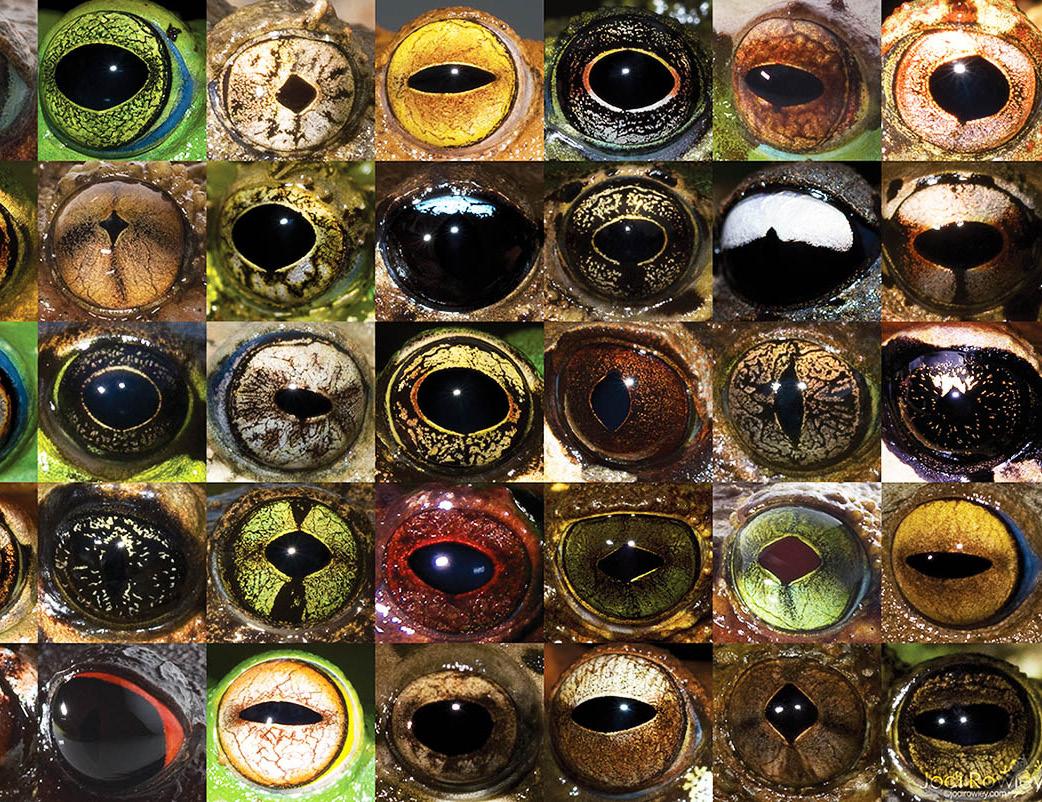
Inspired by macro photographs of the Utthaman’s Bush Frog by Vivek Menon, with a close-up of the reddish frog’s silver and ebony eyes, Synchronicity Earth issued a challenge on Twitter for Science Twitter’s favourite amphibian eyes.
And it seems like herpetologists were ready to show their enthusiasm! Over the next few days, the hashtag was shared hundreds of times, with amphibian enthusiasts sharing their favourite eyes, facts about the species and tagging their friends and colleagues to join in. Amphibians are too frequently overlooked, but the excitement over the new trend showed how much passion there is within the amphibian community for these species. Too often we have to justify our research and conservation efforts
for amphibians with reasons about how they benefit humanity, and it is a breath of fresh air to see so many people celebrating amphibians for their intrinsic value.

9
© Jodi Rowley
© Vivek Menon
© Santiago Ron
A new facility for the conservation of the Sehuencas Water Frog at the K’ayra Center

of the Museo d´Orbigny in Bolivia
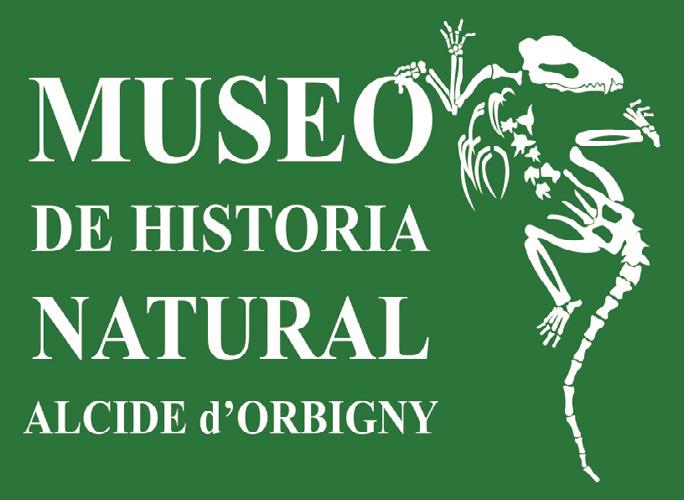 By Teresa Camacho-Badani, Alcide d’Orbigny Natural History Museum. teresacamacho.badani@gmail.com
By Teresa Camacho-Badani, Alcide d’Orbigny Natural History Museum. teresacamacho.badani@gmail.com
The genus Telmatobius is one of the most threatened in the Neotropical region. According to the IUCN Red List, 86% of the species are found to be threatened in various degrees. In Bolivia, of the 15 species reported, all are threatened and 4 are possibly extinct.
The Alcide d’Orbigny Natural History Museum, located in the City of Cochabamba, has been working on the conservation of amphibians in Bolivia for more than 13 years. Eight years ago, it started a pilot program for the ex situ management for the Telmatobius genus. It has recently been expanded, and has been recognized by the Bolivian Ministry of the Environment as an official Custody Center of Wild Fauna, called “Centro K’ayra”. This center is dedicated to the investigation of threatened amphibians, and has approximately 500 frogs of five Andean species of the genus Telmatobius in its ex situ program. This captive breeding program that has most species of this group in the world.
Among the Water Frogs under custody and care of the K’ayra Center, is
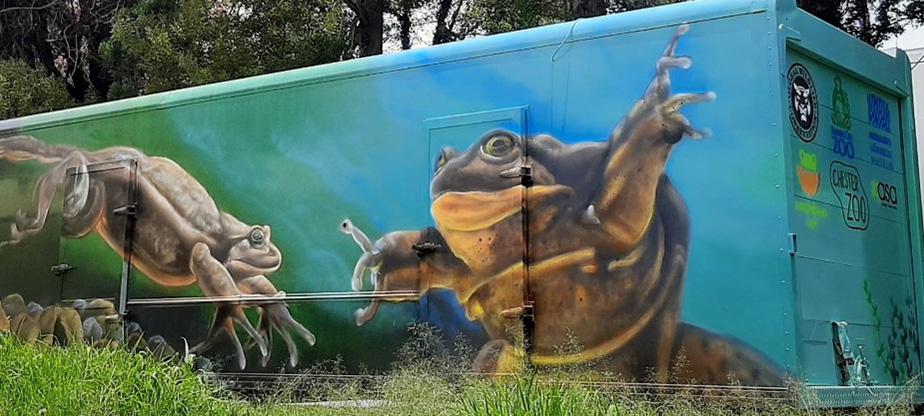

the Critically Endangered Sehuencas Water Frog (Telmatobius yuracare) for which an Action Plan has been created that includes field monitoring, communication and strengthening the ex situ program for this species.
After 10 years of not having found this species in nature, a population was found in the cloud forests of Bolivia. Some of the individuals from this population were taken into the ex situ program. These frogs will be part of the breeding stock to reproduce the species in the hopes that one day they can be released into their natural habitat. To accomplish this task, the captive breeding area has been expanded to provide a space for all the species-specific requirements.
The new facility for the Sehuencas Water Frogs is a 10m long by 4m wide container. This one is the third at the K’ayra Center and has been modified to accommodate 44 aquariums for the reproduction and care of these amphibians. It has an conditioning air system which can maintain the same temperature as found in their habitat, which in winter can reach 10 degrees Celsius (50 degrees Fahrenheit), It also provides the necessary biosecurity and
animal welfare protocols to ensure the successful care of this species, as well as other species of the Bolivian cloud forests that in the future may need to be part of an ex situ program for their conservation.
The implementation of this new facility is part of the “Sehuencas Water Frog Action Plan” which is being executed thanks to the widely support of ASA partner Global Wildlife Conservation.
In addition, during the last few years, the K´ayra Center has received the financial support of Kansas City Zoo, Aquazoo Löbbecke Museum, Amphibian Ark and Chester Zoo.
10
© Teresa Camacho-Badani
A finding that brings hope for a still unknown Harlequin Frog
By

Enrique La Marca and Marcos Alexander Hidalgo. Rescue of Endangered Venezuelan Amphibians (REVA) Conservation and Guaramacal Andean Bear Project. enrique.lamarca@gmail.com
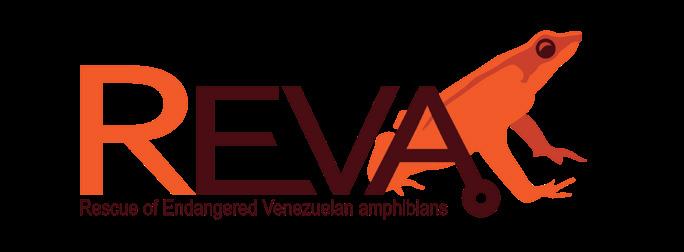

There is news that is made to wait but when it comes out it does not stop causing a sensation. This is the case of a species of Harlequin Frog that has not yet received a formal scientific name but, thanks to the support of the Atelopus Survival Intiative (ASI), will soon be known. The species in question is a cloud forest inhabitant of one of the northernmost mountain ranges in the Andes of Venezuela, the southern axis of the Sierra de Trujillo. Discovered in the mountain branch (Ramal) of Guaramacal at the end of the eighties in the last century, the frog was not seen again, although sporadic reports indicated the existence of tadpoles of the same.
Thanks to the support of Global Wildlife Conservation, through the Amphibian Survival Alliance, we established a program to search for populations of the still unnamed species, which currently involves the management of the REVA Conser-
vation Center in conjunction with a regional Conservation and Study organization that monitors populations of the Andean Bear (Tremarctos ornatus), together with the support of personnel from the National Parks Institute (INPARQUES) in charge of the General Cruz Carrillo National Park in Guaramacal.
As a result of this alliance between REVA and the Guaramacal Andean Bear Project (Proyecto Oso Andino Guaramacal) in January 2021 we detected a new population of the species in the process of description, in the form of seven free-living tadpoles belonging to the genus Atelopus and that we associate with the new species. This is great news, not only for the fact that that the species is still present in the region, but also for the indirect evidence that there are adult specimens that are reproducing. This is the first and only Venezuelan Andean Harlequin Frog species to appear in several decades and the second Venezuelan species to show stable populations in Venezuela (the other being Atelopus cruciger, which lives in coastal environments to the north of the country).
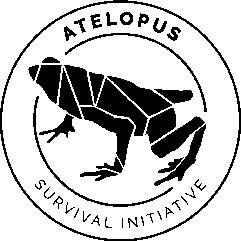
The recent finding is of particular
interest, not only because it accelerates the process of describing the new species, but also because it represents a hope for future survival of an amphibian whose other regional representatives in the genus have suffered serious population declines and extinctions. In the meantime, we have already started monitoring these larvae and hope to find some adults.
11
© Leomerth La Cruz
The Conservation Evidence Journal: Call for papers
 By Ann Thornton, Conservation Science Group, Department of Zoology, University of Cambridge at915@cam.ac.uk
By Ann Thornton, Conservation Science Group, Department of Zoology, University of Cambridge at915@cam.ac.uk
The online, open access, free to publish in, peer-reviewed Conservation Evidence Journal publishes results from research and projects investigating the effectiveness of conservation actions. We welcome papers that test and monitor the effectiveness of the action using an experimental design (e.g. before and after the action vs. control (BACI), single action vs. control, effectiveness of different methods, etc.) for actions such as habitat creation, habitat restoration, translocations, reintroductions, mitigation, and invasive species control. Examining the consequences of small-scale actions is of considerable interest;
particularly if the outcome was unexpected or not as desired. Largescale conservation projects testing multiple actions are of less interest due to the difficulty in determining which of the actions had an effect. Recent papers from the Conservation Evidence Journal’s Amphibian Management Collection:
• Martínez Aguirre et al. 2019 Re-establishment of an extinct local population of the Valcheta Frog, Pleurodema somuncurense, in a restored habitat in Patagonia
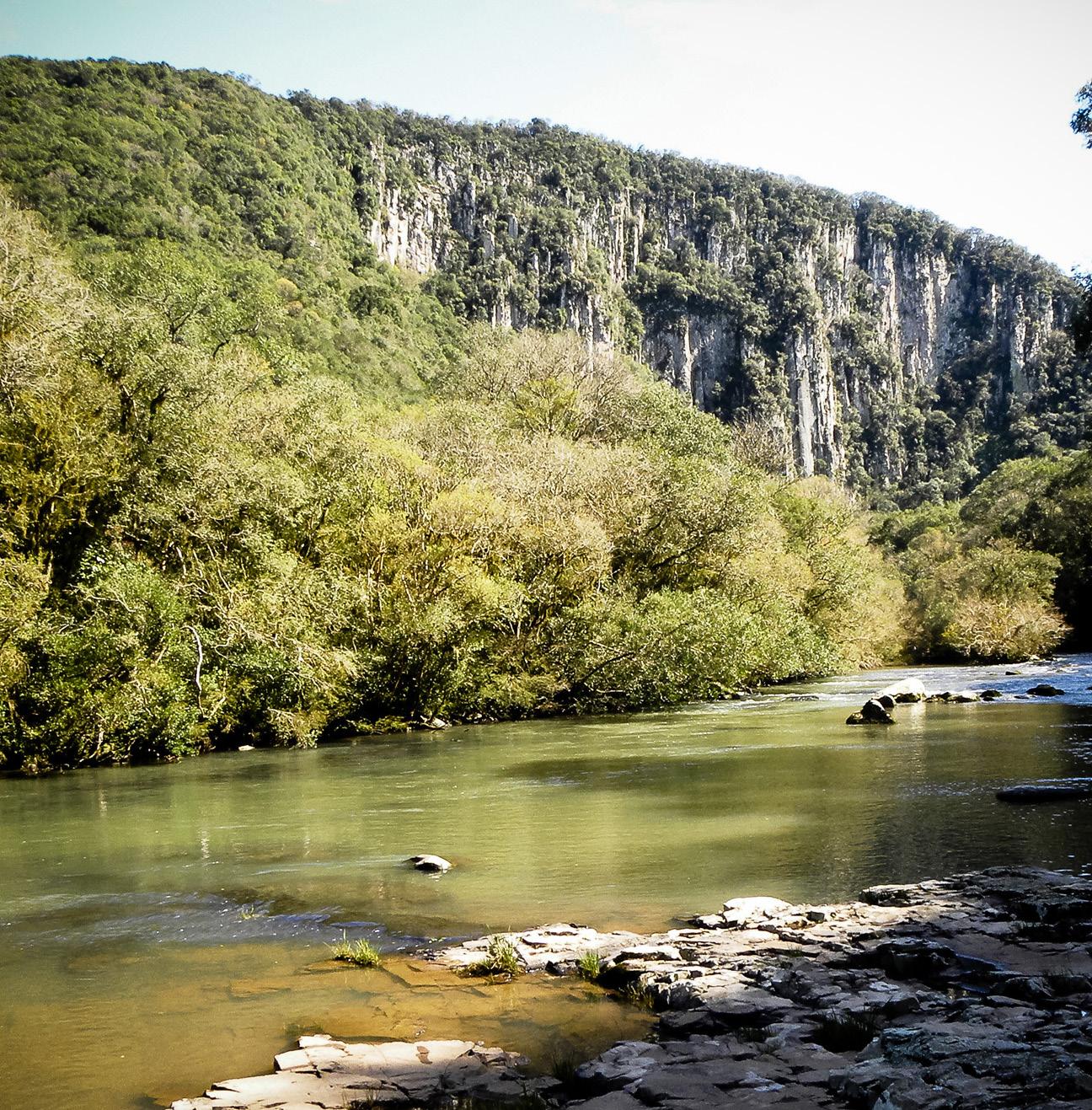
• Borzée et al. 2018 Translocation of an endangered endemic Korean treefrog Dryophytes suweonensis
• Arellano et al. 2018 Treatment of adult Valcheta Frogs Pleurodema somuncurense for chytrid fungus
See here for author guidelines and how to submit your article.
The Conservation Evidence Journal is a separate publication within the Conservation Evidence project. Conservation Evidence is a free, online, authoritative information resource designed to support decisions about how to maintain and restore global biodiversity. The website provides summaries of evidence from studies about the effects of conservation actions, and synopses of evidence that review the effectiveness of all actions you could implement to tackle a particular conservation issue.
Funding Opportunity from the IUCN Netherlands Land Acquisition Fund

The Land Acquisition Fund is an initiative of IUCN Netherlands, supported by the Dutch Postcode Lottery, providing funds for local NGOs to acquire (through purchase or lease) threatened nature areas, create safe reserves and connect wildlife habitats for threatened species.
If you are working on a project or programme that needs support of this kind, please consider sending a pre-proposal application to the Land Acquisition Fund by May 1st, 2021. All details about the fund and application process can be accessed here Any questions about the procedure and content of proposals can be send to the coordinator of the IUCN NL Land Acquisition Fund: marc. hoogeslag@iucn.nl
Examples of 2020 grantees can be found here.
12
© Luis Ferando Marin da Fonte
A new poster for Harlequin Frogs (genus Atelopus) is now available
By Enrique La Marca, Rescue of Endangered Venezuelan Amphibians (REVA). enrique.lamarca@ gmail.com

Posters on animal groups are of special interest because they easily get the attention of people who can find, in a single place, information that otherwise could be difficult to assemble. We are happy to present the most recent poster on a group of amphibians, a production of the Rescue of Endangered Venezuelan Amphibians (REVA) Conservation Center with the support of the Chessington Conservation Fund.
The new poster is an initiative driven and hosted within the Atelopus Survival Initiative (ASI), and deals with the Harlequin Frogs known from Venezuela. This is the first time that all species of the bufonid genus Atelopus from this country are presented in such a way, with all species (except one) illustrated with actual photos. This is also the first time that a picture is available for the enigmatic Harlequin Frog of Niquitao (Atelopus chrysocorallus), and that a new illustration is provided for the never pictured and now extinct harlequin frog of Maracay (Atelopus vogli).

Each species bears its common and scientific name, with the name of the person who describe it. There is a section on coloration and another on threats, plus data on distribu-

tion, last time of sight, total length, conservation status, and the major ecosystem that the species inhabits. The poster is in Spanish. We hope the amphibian lovers stupdents of Atelopus like this production. You can download the poster here.
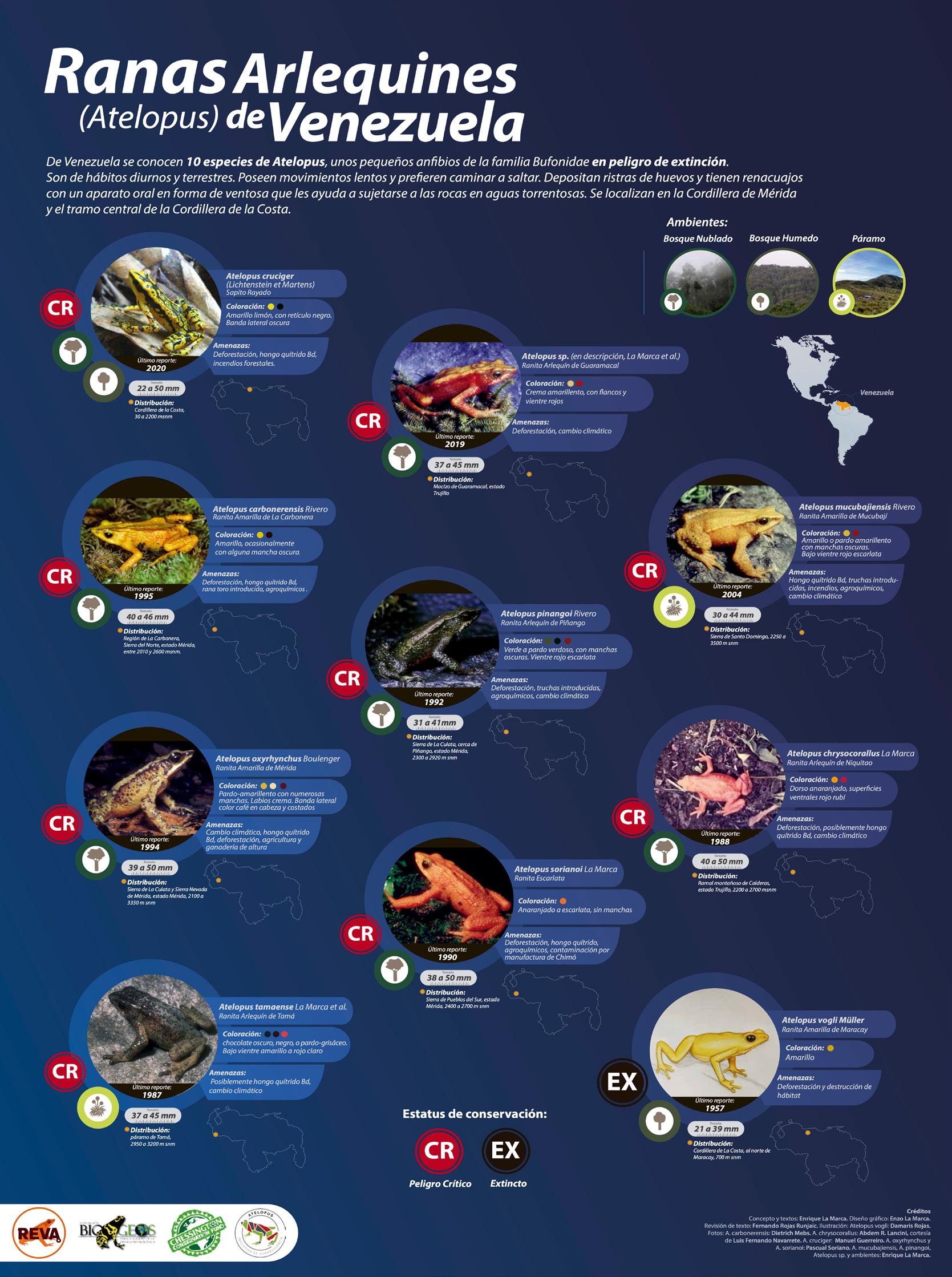
13
Saving the planet, one frog at a time
By Madison Lemelin, Rainforest Trust
Frogs are 10-year-old Justin Sather’s favorite animal. His fascination with the species began with a blanket he had as a baby, and has blossomed from there. Now, Justin’s love for frogs has led him on a mission to protect the planet.
In kindergarten, Justin learned that nearly one-third of frog species are on the verge of extinction due to pollution, pesticides, contaminated water and habitat destruction. He discovered that scientists consider frogs an indicator species––a species whose condition provides information on the overall state of an ecosystem.
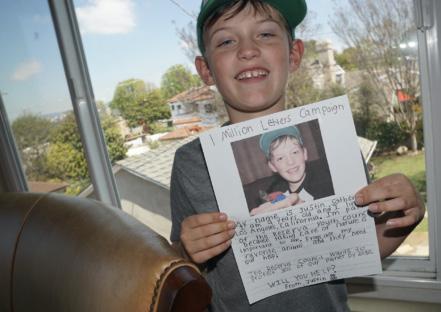
“Frogs breathe and drink through their skin so they are sensitive to their environment,” said Justin. “So when they suffer it tells us the world needs our help.”
This knowledge empowered Justin, he wanted to save his favorite species and his planet. With help and

encouragement from his mom, Sheri, he set an ambitious goal: to be a critical part of the “30×30” initiative and help conserve 30% of the planet by 2030, for the frogs and beyond. “It all started from an idea that turned into an incredible mother-son journey of learning to be brave and staying determined, to create a world Justin envisions for himself and his generation,” said Sheri.
Last year, Justin joined the Youth Council of Reserva Youth Land Trust, an international group of young people that is leading an initiative to create the world’s first entirely youth funded, 244-acre nature reserve in Ecuador’s threatened Chocó cloud forest in partnership with Rainforest Trust. In celebration of his birthday, Justin raised the $730 necessary to purchase one acre of land for the project, which was matched by the Rainforest Trust SAVESChallenge to pay for a second acre.
Justin has recently started collabo-

rating with a herpetologist who is teaching him about all the many frogs within the Chocó, including one of his new favorite species, the Glass Frog.
In the future, Justin hopes to continue using frogs to educate his peers about the beauties of the natural world and inspire them to help him save it. “I want to learn why other kids like nature and inspire them to want to protect it too,” said Justin. “When they get older they will already know how to take care of the planet. We are the future generation.”
14
© Sheri Sather
point
Introduction
Of the more than 128,500 species assessed through the global Red List, 28% are considered threatened with extinction (IUCN, 2021). Well-resourced, effectively implemented species conservation plans will play a key role in reversing this situation and improving the status of threatened species worldwide. To achieve this change at scale requires a significant increase in the number of competent planners able to support governments, nongovernment organisations, zoos, aquaria, botanic gardens and civil society groups to plan for threatened species recovery.

Planning can be complex. Often multiple stakeholders and their interests need to be considered. Facilitation skills provide us with the confidence and competence needed to lead groups through the process.
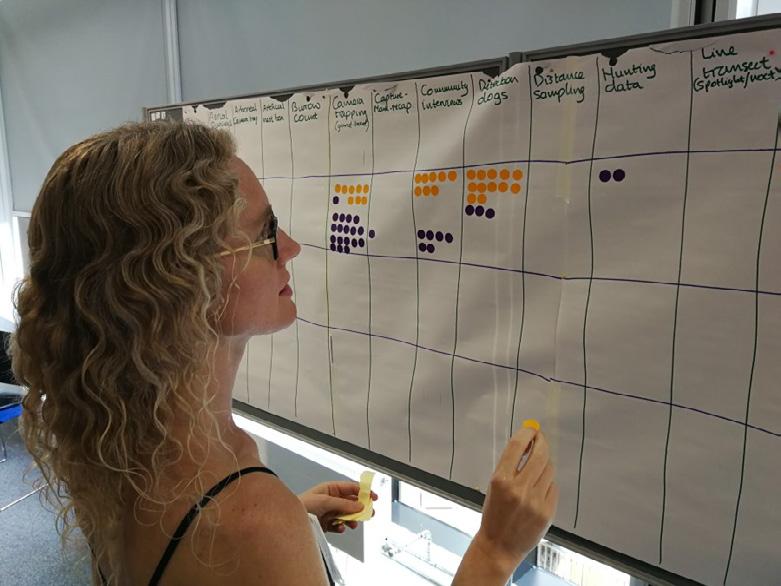
The IUCN SSC Conservation Planning Specialist Group (CPSG) has developed and facilitated many hundreds of multi-stakeholder species conservation planning processes that have been ‘pivot points’ in recovery efforts for threatened wildlife globally.
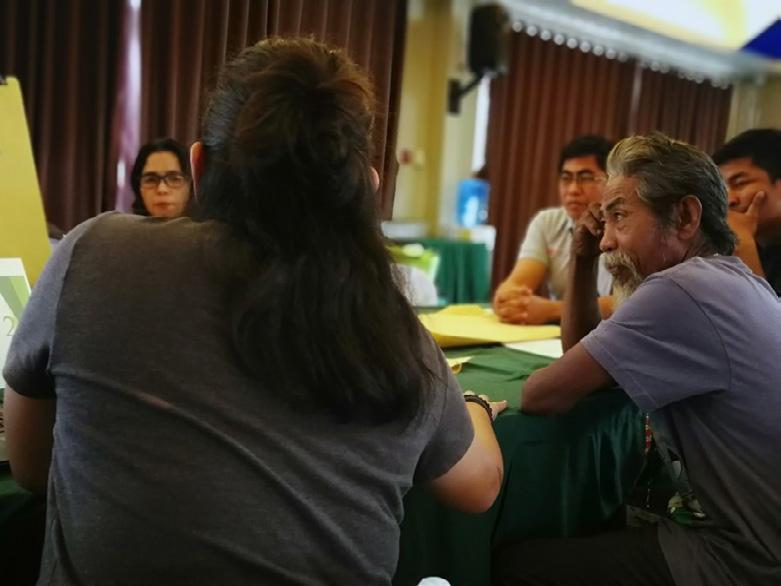
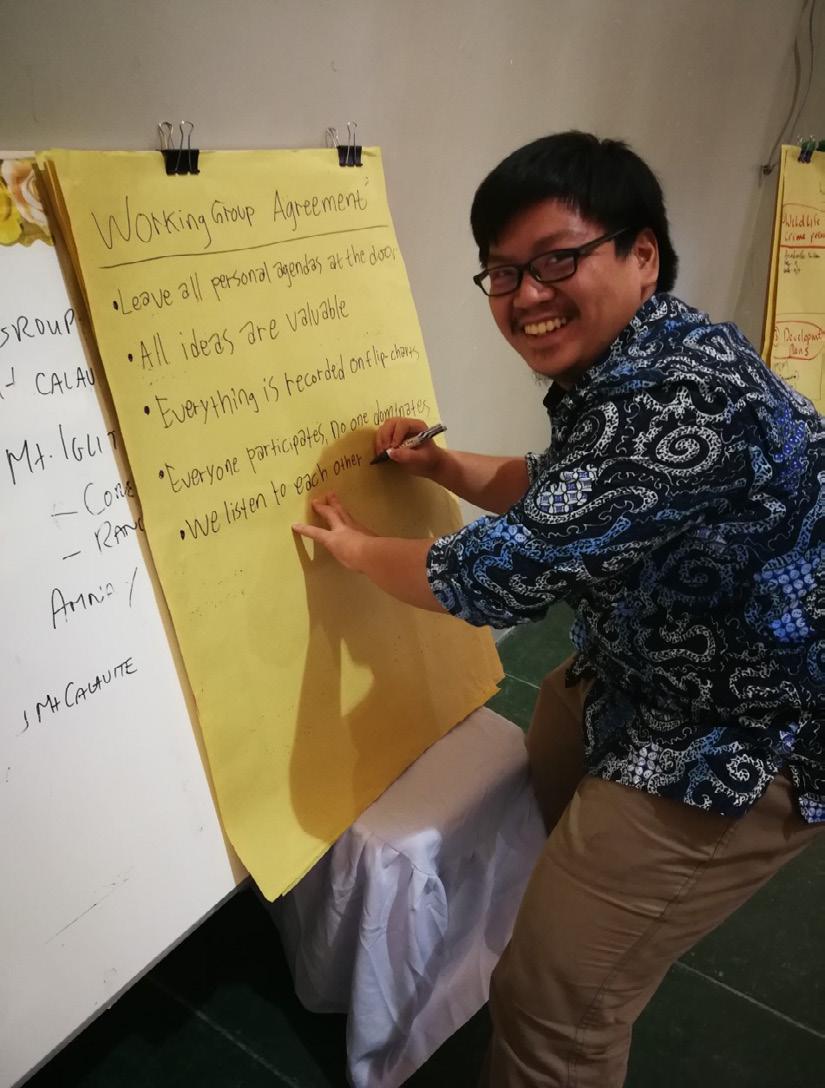
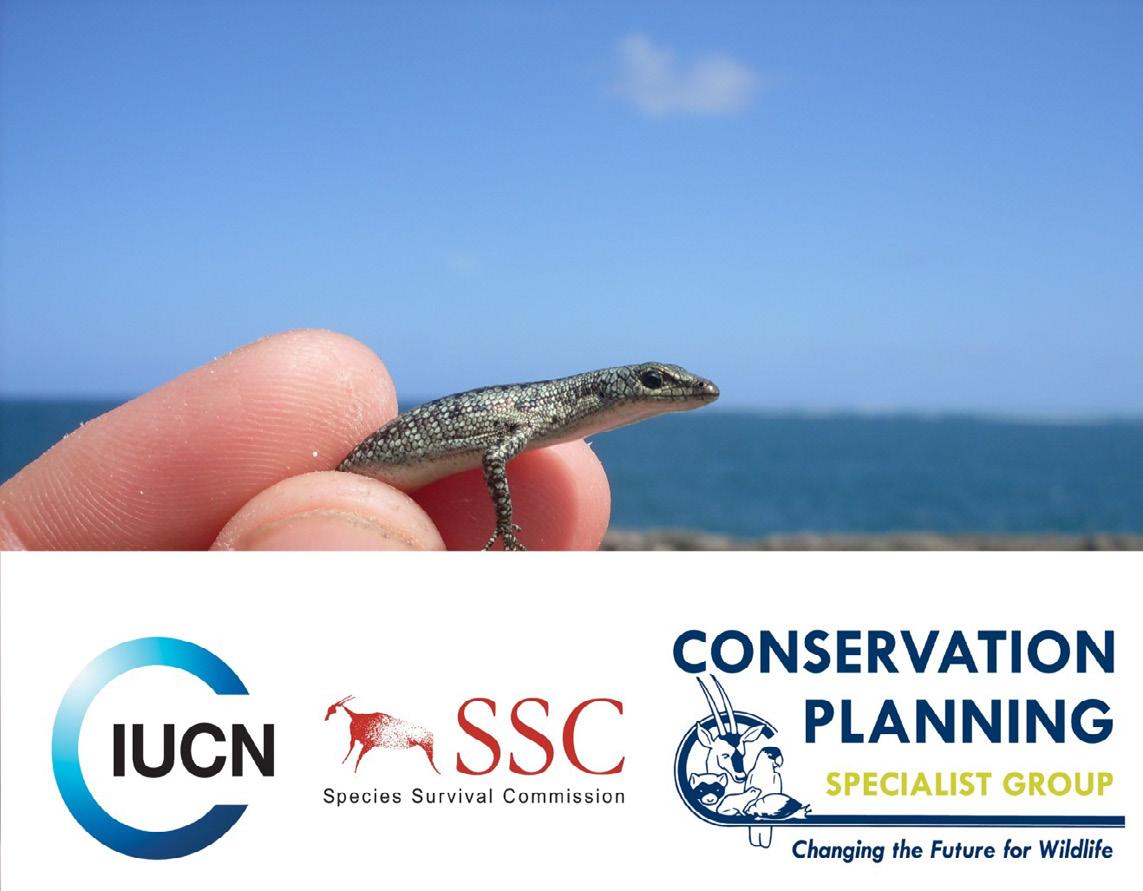
Course aim
CPSG has the ambition of ensuring that, every species that needs a plan is covered by an effective, implemented plan ’. This online course has been designed to build the capacity necessary, globally, for this ambition to become a reality.
Our target audiences are government wildlife agency staff, IUCN SSC Specialist Group members and other conservation professionals working in zoos, aquariums, universities or field programs, responsible for the devel-
Learning outcomes
By the end of this course, participants will be able to:
Apply the CPSG Species Conservation Planning Principles and Steps to the design and facilitation of species conservation planning processes;
Demonstrate the role of the facilitator in consensusbased decision making;
Select facilitation tools to help groups solve problems, make decisions, and develop plans.
Course format
This online course (delivered through www.conservationtraining.org ) consists of prerecorded lectures, reading materials, and problemsolving activities along with ‘live’ webinars and discussions. You will interact with some of the world ’s leading authorities on species conservation planning, share in their experiences, and develop your own understanding of the skills involved.
Costs
The course is valued at $1000.00 per student. However, in line with our aim to increase the number of threatened species benefitting from good planning, we are committed to providing this high quality course at no charge. This is currently possible only due to the support received from the Global Conservation Network, a group of committed institutions and individuals who support CPSG work. If you or your organization would like to consider becoming a GCN donor, or if you would like to learn more about CPSG, please contact: onnie@cpsg.org.
“[The CPSG Workshop] was a pivot
to direct investment in devil conservation. ”
Dr Rebecca Spindler, former Research and Conservation Manager, Taronga Conservation Society Australia.
“This excellent course is a must for everyone involved in conservation planning!” CPSG online course participant, September 2020.
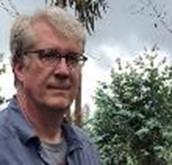
Core course faculty
Jamie Copsey
Jamie is the Director of Training at CPSG. He has been working in the field of capacity building for species conservation for more than 20 years. He has extensive experience in the design and delivery of training programs for conservation professionals, from junior staff through to senior leadership. He regularly facilitates planning workshops and publishes on topics such as conservation management and leadership, as well as on more biologically-related themes.
Dr Phil Miller
Phil joined the CPSG staff in 1994 and is now Senior Program Officer for the organization. He specializes in developing and applying complex risk assessment methods to species conservation planning projects across a wide range of endangered species, and against diverse human sociocultural backgrounds. Recently, he began working extensively with Federal and local authorities in North America to develop robust recovery plans for a variety of endangered species.
Caroline Lees

Caroline joined the CPSG staff in 2011 as a facilitator and population modeler. Before joining CPSG, she worked with zoos in Australasia to plan and coordinate the management of captive populations of threatened wildlife. Since joining CPSG, her primary focus has shifted to supporting planning for species conservation in situ, with a particular emphasis on cases where ex situ management plays a key role. She has contributed to the work of species recovery programs across Australia and New Zealand and is s Australasian Regional Resource Center conven-
Contributors
Species conservation planning experts from across the IUCN SSC and beyond will provide input to the course through recorded interviews, webinars and online discussions to help you broaden your exposure to conservation planning processes, tools, and facilitation skills.
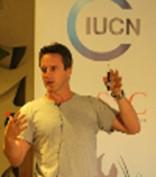




Course duration
The course involves 5-10hrs work per week for seven weeks, depending on how quickly you can work through the materials!
Course dates
This course will run from Monday 29th March – Friday 14th May 2021. Pre -recorded sessions can be listened to in your own time. Live webinars will be repeated each week to accommodate different time zones.
Certification
Participants successfully completing the course will receive a Certificate of Completion. Those going further to apply the skills to their work can be considered for a Certificate of Reflective Practice (additional assessment criteria apply).
Application procedure
Participant selection will take into account priority target groups (government staff and SSC Specialist Group members in particular), and an assessment of the likelihood that skills and knowledge developed will be put into practice within species conservation planning workshops.
For course application form, follow this link: https://forms.gle/wkCiC9BvJhJJLpKT7
Application deadline: Monday 8th March, 2021.
Further information
Contact Jamie Copsey at jamie@cpsg.org

Key Biodiversity Areas Updates

Key Biodiversity Areas, which are among the most incredible and diverse places on Earth for nature, from deserts to the middle of the ocean, are places that must be safeguarded to ensure the long-term survival of the diversity of life on Earth. The Key Biodiversity Area Partnership—an ambitious coalition of 13 global conservation organizations, including the Amphibian Survival Alliance—is helping prevent the rapid loss of biodiversity by identifying those places on the planet that are critical for the survival of unique plants and animals. Because their life history traits, such as a dependency on water for reproduction in many species, and small range sizes makes amphibians particularly sensitive to environmental disturbances, KBA designation is critical to safeguarding threatened species. Learn more here.
Introducing Rio Forqueta, a Key Biodiversity Area to protect the Admirable Red-Belly Toad
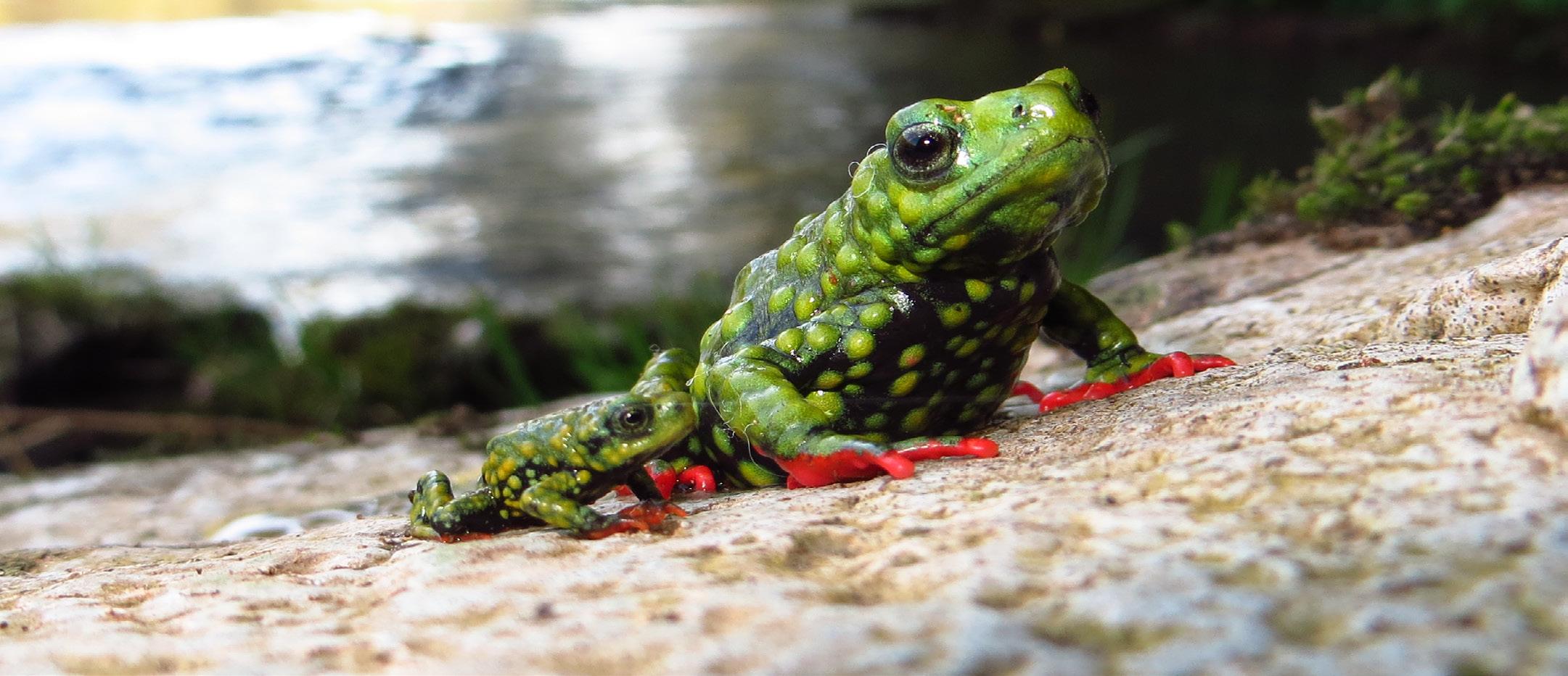 By Luis Fernando Marin da Fonte, Amphibian Survival Alliance. lfmarin@amphibians.org
By Luis Fernando Marin da Fonte, Amphibian Survival Alliance. lfmarin@amphibians.org
The Rio Forqueta Key Biodiversity Area is part of one of the few, yet largest, Brazilian Atlantic Forest fragments in the extreme south of Brazil. The entire single known population of a microendemic and Critically Endangered amphibian species (Admirable Red-Belly Toad, Melanophryniscus admirabilis) is confined to this area. The species occurs only along a few hundred meters of the Rio Forqueta river, occupying its forested margins with rocky outcrops. The area is surrounded by a heavily deforested agro-industrial landscape. Regional forest cover is under pressure from the expansion of eucalyptus, tobacco, soybean and livestock farming. A nearby tourist
facility and upstream pesticide use expose the site to direct and indirect human threats.
Until 2014, there was also a plan to build a small hydroelectric power plant in the site. Joint efforts between academia, government, and non-governmental organizations have succeeded in stopping the construction of the power plant, showing that multi-institutional and collaborative work is essential when dealing with conservation. The Federal University of Rio Grande do Sul and ASA partner NGO Instituto Curicaca were instrumental in this process. This was the first time in Brazilian history that an amphibian prevented the construction of such a big enterprise.
“The Admirable Red-Belly Toad case is an excellent example of how habitat conservation can help to
reduce the threats to a species. The existence of a microendemic species reinforces the importance of preserving the area where it occurs. If you protect one, you are also protecting the other”, says Michelle Abadie, a Brazilian conservationist and expert on this species.
Because of her work, Michelle was awarded a Future Leader of Amphibian Conversation award by the ASA in 2020.
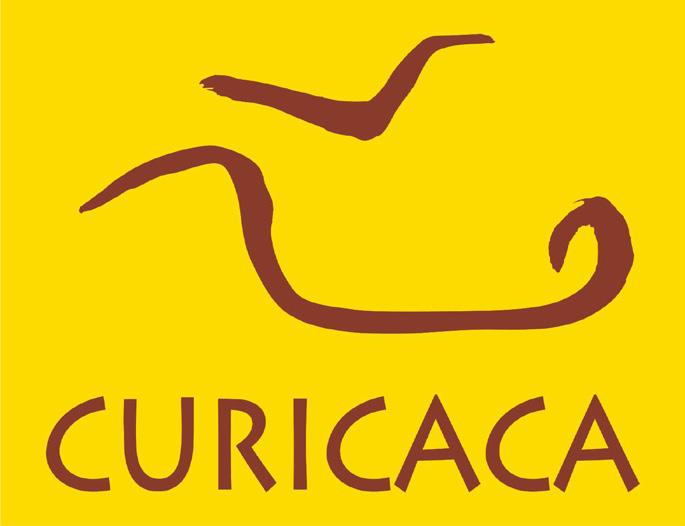
17
© Luis Ferando Marin da Fonte
BMW Group, Tetra Pak and Schüco International express concerns about sourcing aluminium from Ghana’s
irreplaceable Atewa Forest
 By Key Biodiversity Areas Partnership
By Key Biodiversity Areas Partnership
During a critical decade for biodiversity, the government of Ghana has an opportunity to become a global leader in conservation by protecting Atewa Forest - a KeyBiodiversityArea - as a National Park. But this won’t only benefit the wildlife that live there. Protecting Atewa Forest as a national park and a buffer area around it—rather than mining it for bauxite, as currently planned—actually has the highest economic value for the country over 25 years, with tremendous benefits to local communities both upstream and down. In a letter to local activists, three global manufacturing companiesBMW Group, Tetra Pak and Schüco International-have signaled their concern over the use of bauxite sourced from Ghana’s Atewa Forest for aluminium. Extracting bauxite in Atewa would require ‘strip mining’ where the whole surface layer of soil is removed. This would mean a total loss of the forest in the mined areas, along with all the biodiversity it contains.
Bauxite mining would have catastrophic and irreversible effects on the people and wildlife that depend on the forest, including the more than 5 million Ghanaians that depend on Atewa Forest as their source of clean drinking water. “Saving Atewa Forest from mining should be an intergenerational priority, and we are happy and grateful that big businesses in the aluminium value chain understand the importance of a healthy forest and the environmental services it provides,” said Oteng Adjei, president of the Concerned Citizens of Atewa Landscape (CCAL), the grassroots movement advocating against bauxite mining in Atewa Forest and the recipient of letters from all three companies. “We appreciate their commitment to supporting local and international efforts to secure Atewa Forest against bauxite mining that is certain to destroy the forest, its water services and biodiversity.”
Ghana’s Atewa Forest is home to more than 1,000 species of plants, 230 species of birds, 570 butterfly species, and at least 50 species of mammals. It is a Key Biodiversity
Area, meaning that it is critical to the persistence of global biodiversity and the overall health of the planet. The Togo Slippery Frog is a close relative of the world’s largest frog, the Goliath Frog (Conraua derooi), and known only to live in Atewa Forest and Ghana’s Togo-Volta Hills. The frog is considered Critically Endangered as the result of ongoing bauxite mining, logging and hunting. Biologists believe there are only about 300 left in the wild and that they primarily live in a small stretch of a single stream in Atewa Forest.
The Togo Slippery Frog is one of hundreds of species that make Atewa Forest a special place and part of why we are joining local communities and partners in calling on the government of Ghana to Save Atewa Forest by stopping bauxite mining and designating Atewa a national park.
You can learn more about Atewa Forest and sign a petition to help preserve it here. Learn more about Key Biodiversity Areas here

18
ASA’S Future Leaders of Amphibian Conservation Updates
The Future Leaders of Amphibian Conservation program is an award to a number of early-career conservationists from around the world that have been identified by the Amphibian Survival Alliance as the next generation of amphibian conservationists. So far we have awarded 19 Future Leaders from 12 countries (Bolivia, Brazil, Peru, Mexico, Ghana, South Africa, Uganda, India, Nepal, Pakistan, Australia and United States). You can learn more about some of the Future Leaders of Amphibian Conservation here
Getting to know Fortunate Phaka
Can you tell us a little bit about yourself, Fortunate?

I am an environmental scientist and author that is interested in the complex relationship between cultural diversity and the diversity of frogs and reptiles in South Africa. What projects have you been involved in to promote amphibian conservation?
I have started a social inclusion initiative to produce non-scientific amphibian reading material in South Africa’s indigenous languages and record indigenous knowledge about the country’s frogs and reptiles. This project, called ‘Wildlife in Vernacular ’, fits into my PhD research and also extends beyond the PhD years. Wildlife in Vernacular was inspired by the success of a book I wrote a few years earlier. This book is a comprehensive guide to the frogs of the Zululand region of South Africa and

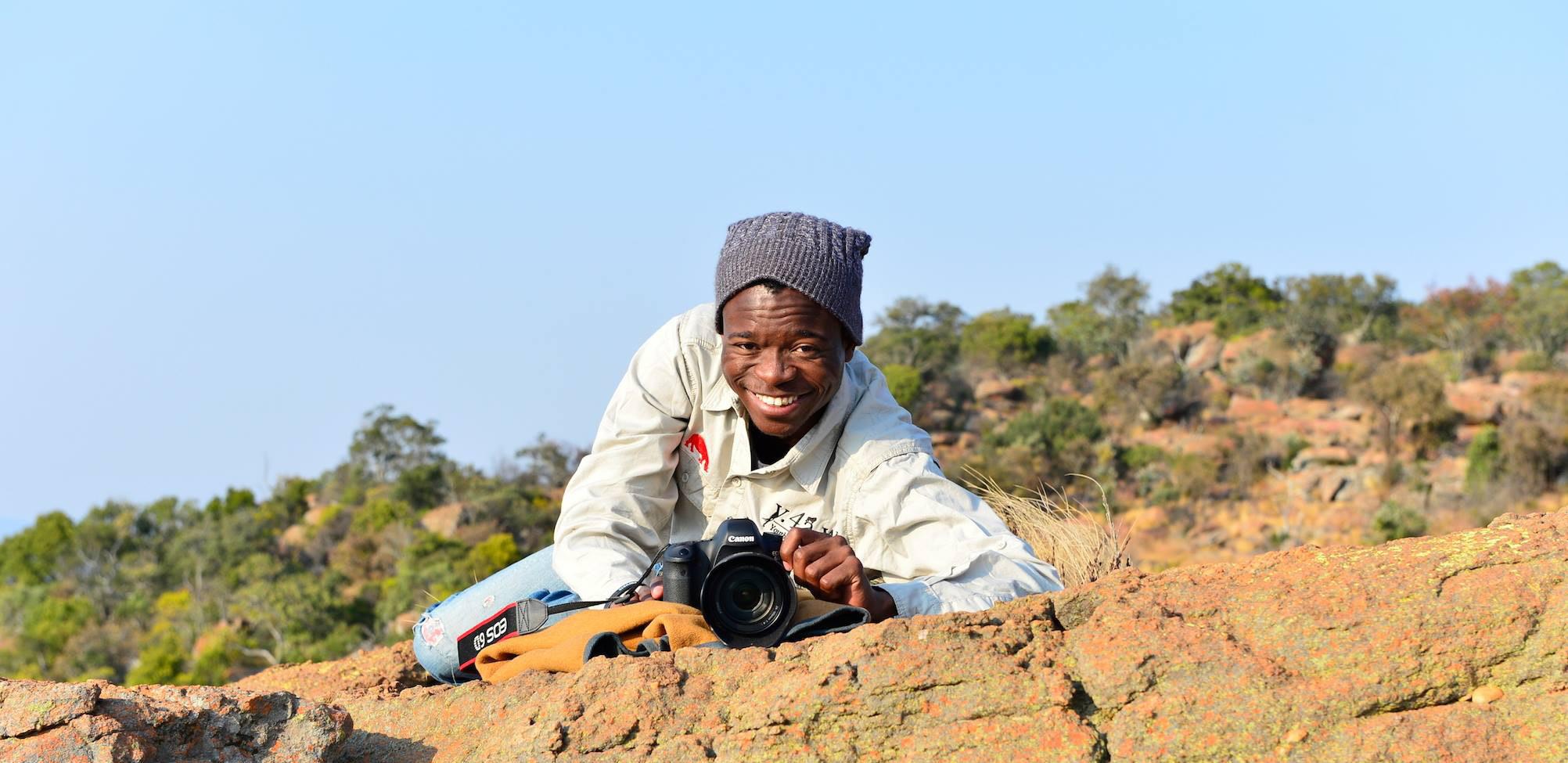
it was written in English and isiZulu (one of the indigenous South African languages). A PDF version of this book (with frog advertisement calls) is available on this link. A summary of my general research focus is available on this link
What is your favourite amphibian species and why?
The Giant Bullfrog (Pyxicephalus adspersus) is my favourite amphibian species because it is a great model for studying the relationship between frogs and indigenous people’s cultures.
Has being recognized as a Future Leader of Amphibian Conservation by ASA made a difference in your career so far?
Being recognized as a Future Leader helped me realize the many focus areas within amphibian studies and exposed me to different ways of conducting amphibian biodiversity
studies. This is important because I became a Future Leader at a time when I needed to decide my research niche within amphibian studies.
19
© Dex Kotze
Meet Esther Matthew
By Esther Matthew, Ruhan Verster & Ché Weldon. The Endangered Wildlife Trust. estherm@ewt.org.za
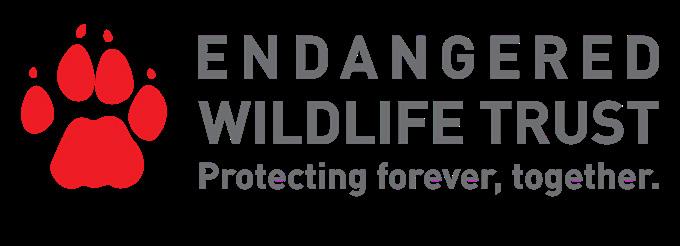
Esther Matthew grew up in central South Africa and became fascinated with nature and animals at a very young age. Following High school, Esther pursued degrees in Zoology, Physiology, Biodiversity and Conservation Ecology. In 2015, Esther became an ASA Future Leader of Amphibian Conservation and in the same year she completed her M.Sc. in Environmental Science, through the North-West University. As part of her studies, she successfully raised and trained a scent detection dog to locate Giant African Bullfrogs (Pyxicephalus adspersus) underground. In January 2021, a paper on this research component of the project was accepted and published by the Journal of Vertebrate Biology (Click here to view article).
The project ignited Esther’s interest in training canines for conservation and research. As a result, Esther pursued additional training with national and international professionals in the canine behavior and scent detection fields. Esther joined the Endangered Wildlife Trust’s Drylands Conservation Program (EWT-DCP) in 2016 and is currently working as their Specialist Conservation Officer, focusing on in situ Endangered species conservation and research. Esther also has a passion for sharing conservation knowledge. As such she works closely with learners students from local schools, taking them into the field to teach them about nature through environmental education. Esther also coordinates the program’s volunteer project, aimed at exposing young career conservationists to field work in the Karoo.

Esther became a National Geographic Society Explorer in 2018 and
is a highly dedicated and motivated conservationist. She aims to become one of the leaders in conservation canine research, because she is passionate about dog training, wildlife conservation, and research. She has an aptitude for the application of novel approaches in her work. Her enthusiasm and drive motivates other team members and her strong foundation in conservation biology allows her to lead by example.

20
© Sloane Munro


















 By Denise Rossa Feres, UNESP (Brazil)
By Denise Rossa Feres, UNESP (Brazil)





 By Raphali R. Andriantsimanarilafy,
By Raphali R. Andriantsimanarilafy,
 By Nina Seale, Synchronicity Earth nina@synchronicityearth.org
By Nina Seale, Synchronicity Earth nina@synchronicityearth.org




 By Teresa Camacho-Badani, Alcide d’Orbigny Natural History Museum. teresacamacho.badani@gmail.com
By Teresa Camacho-Badani, Alcide d’Orbigny Natural History Museum. teresacamacho.badani@gmail.com




 By Ann Thornton, Conservation Science Group, Department of Zoology, University of Cambridge at915@cam.ac.uk
By Ann Thornton, Conservation Science Group, Department of Zoology, University of Cambridge at915@cam.ac.uk













 By Luis Fernando Marin da Fonte, Amphibian Survival Alliance. lfmarin@amphibians.org
By Luis Fernando Marin da Fonte, Amphibian Survival Alliance. lfmarin@amphibians.org









